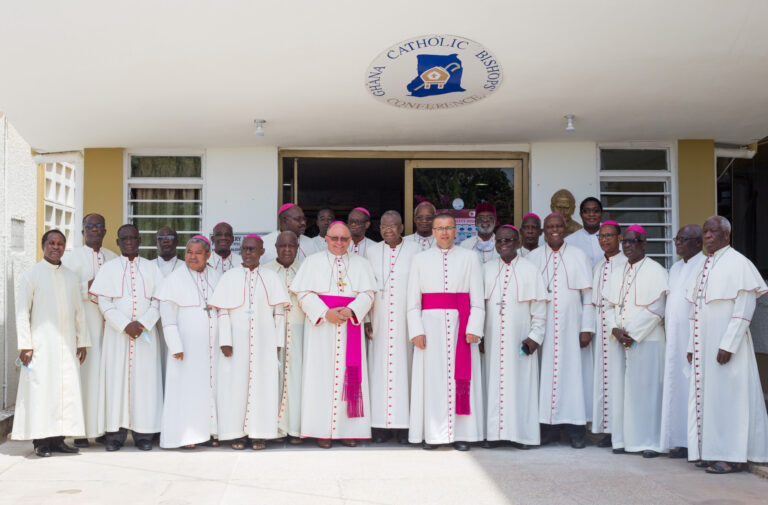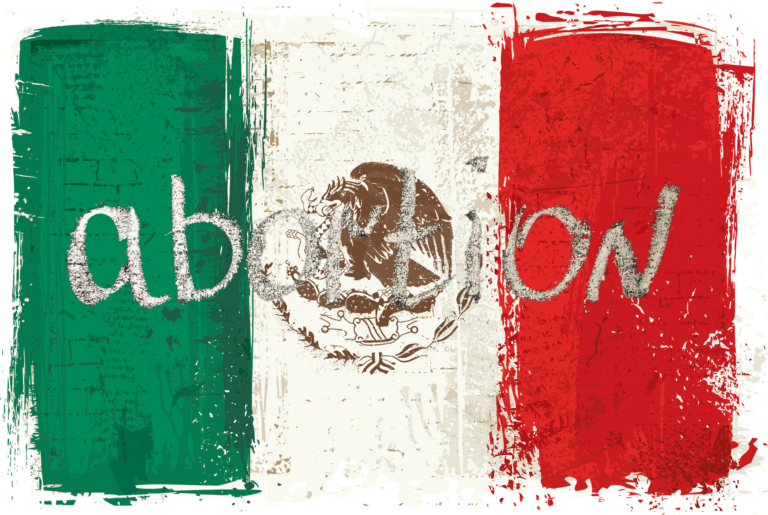Steven W. Mosher
President
Population Research Institute
Wednesday, October 17, 2001
China’s One-Child Policy: Coercive from the Beginning
Testimony Submitted to the International Relations Committee of the U.S. House of Representatives for the Hearing on “Coercive Population Control in China: New Evidence of Forced Abortion and Forced Sterilization,”
Introduction
I have been a student of China one-child policy since the late 1970s, when I became the first American social scientist to conduct a full-length study of a Chinese village. From 1979 to 1980, I lived in rural Guangdong. At the beginning of 1980, the Guangdong provincial government secretly ordered a 1 percent cap on population growth for the year. Local officials had complied the only way they could—by launching a family planning “high tide” soon thereafter to terminate as many pregnancies as possible.
The rules governing this high tide were simple: No woman was to be allowed to bear a second child within four years of her first, and third children were strictly forbidden. Furthermore, all women who had borne three or more children by November 1, 1979, were to be sterilized.
Over the next few weeks I became an eyewitness to every aspect of this draconian campaign. I went with young women to family planning “study sessions” and saw them harangued and threatened by senior Party officials. I followed them as they were taken under escort to the commune clinic and watched—with the permission of local officials who were eager to demonstrate their prowess in birth control to a visiting foreigner—as they were aborted and sterilized.
During the intervening years I have made periodic trips into China to assess family planning policies, have commissioned others to undertake such investigations, and have closely followed both official Chinese pronouncements and reports appearing in the specialized literature and the popular press.
History of One-Child Policy
The demands of China’s family planners escalated as the eighties unfolded. The one-child policy, first adumbrated by Deng Xiaoping in a 1979 speech, was in place nationwide by 1981. The “technical policy on family planning” followed two years later. Still in force today, the technical policy requires IUDs for women of childbearing age with one child, sterilization for couples with two children (usually performed on the woman), and abortions for women pregnant without authorization. By the mid-eighties, according to Chinese government statistics, birth control surgeries—abortions, sterilizations, and IUD insertions—were averaging more than thirty million a year. Many, if not most, of these procedures were performed on women who submitted only under duress.
The principal modification of the one-child policy occurred in the mid-eighties when, in response to rising levels of female infanticide, the government relaxed the policy in the countryside for couples whose first child was a girl. In many parts of China this has devolved into a de facto two-child policy, as rural officials found the selective enforcement of a mixed policy—one child for couples whose first child was a boy, two children for couples whose first child was a girl— difficult to manage.
Current Situation
Twenty-two years after my initial field research in China, where do we stand?
Today, the Chinese family planning program continues to be carried out against the popular will by means of a variety of coercive measures. Despite official denials and intermittent efforts to discourage some of the more blatant manifestations of physical, that is, bodily, coercion, coercion continues to be, as it has been from the late 1970s, an integral part of the program. Mandatory IUD insertions, sterilizations, and abortions continue. The national family planning journal continues to issue thinly disguised injunctions to get the job done by whatever means necessary. The emphasis continues to be on “real action,” “effective measures,” and “practical results.”
Articles in the Chinese media openly speak of the need for coercion in family planning, and senior officials continue to endorse the policy as currently practiced. Chinese Prime Minister Zhu Rongji, for instance, said on October 13, 1999, that “China will continue to enforce its effective family planning policy in the new century in order to create a favorable environment for further development.” (italics added.) And in its White Paper on Population, released on December 19, 200o, the PRC avows it will continue the one-child policy for another fifty years. The White Paper actually sets a population target of 1.6 billion people by the year 2050.
The Chinese government, as it has for the past two decades, sought to suggest that these targets and quotas will be achieved by “education” and “persuasion.” As an example of the effectiveness of “education” and “persuasion,” the White Paper offered the information that women were putting off their first child until age 23.6 by 1998, while in 1970 they gave birth at 20.8 years. But this is disingenuous. The age at first birth has climbed in the People’s Republic
of China not because of “education” and “persuasion,” but because women are forbidden to marry until 23, and aborted if they become pregnant out of wedlock.
The Chinese government also maintains that local abuses—such as the abortion campaign recently ordered in the Guangdong county of Huaiji—as aberrations. But the Chinese program remains highly coercive not because of local deviations from central policies but as a direct, inevitable, and intentional consequence of those polices.
United Nations Population Fund Involvement
The United Nations Population Fund (UNFPA) has supported the one-child policy in China from 1979. Currently, under a program begun in 1998, it operates family planning programs in 32 counties, or county-level municipalities, throughout China. The UNFPA claims that in the counties where it is active (1) reproductive health programs are “fully voluntary,” (2) “women are free to voluntarily select the timing and spacing of their pregnancies,” (3) targets and quotas have been lifted, (4) in keeping with the principles of the 1994 Cairo Program of Action, abortion is not promoted as a method of family planning and (4) that coercion does not exist.
I have always held the opinion that, given the character of China’s family planning program, and its human rights situation in general, that it was highly unlikely that the UNFPA’s claims about its current program are accurate.
We now have documentation, from on the ground in China, that its claims are completely false. I leave it to the following witness to lay out the details of the coercion, forced abortions, and forced sterilizations which she has documented in a region of China which the UNFPA has claimed is free of such abuses.
It is my recommendation to the Congress that, because of the UNFPA’s continued involvement in China’s coercive one-child policy, and no less because of its sheer duplicity about this involvement, no U.S. funds should be appropriated for its support.
Population Research Institute receives no funding from the Federal government.










